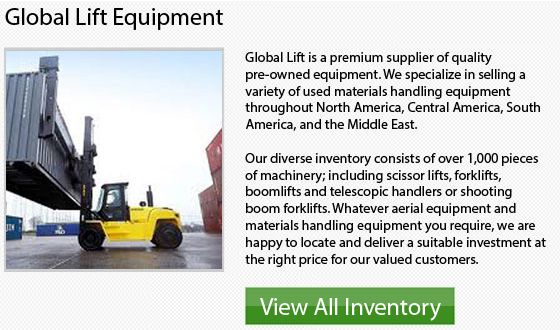
There are several industrial and commercial buildings that now exceed 60 stories or more. These buildings all need tall cranes to be able to help transport the materials to the upper floors. There are cranes which have their own vehicle attached or other types that are operated from the back of trucks. Tower cranes are the biggest ones on the market.
Tower cranes are stand-alone structures seen as part of a major city's downtown skyline on high-rise building projects. Wherever new construction such as apartment buildings and skyscrapers and commercial facilities like shopping center are being constructed, odds are a crane will be on site.
Types
The two key kinds of cranes could be differentiated by the manner in which their boom or jib lifts materials. The jib is the metal frame that extends from the main section. On a flat tower crane, the jib remains horizontal as it lifts things. On a luffing kind of tower crane, the jib could ratchet to downward or upward angles. The lifting capacity for both kinds can range from 30,000 lbs. to 10,000 lbs.
Body
The body of the crane is composed of a mast. This is a vertical steel frame which is a combination of individual sections. In order to increase the overall height of the machinery, sections are added. The mast extends upward to wherever the desired height is, to the control module, that is a small room that has glass windows on all four sides or to the tower as it is also called. The operator of the crane works from inside of the tower.
Lift
To raise supplies, the crane utilizes a braided metal cord. The cord extends all the way to the end of the boom or jib from a motor located next to the control module. There is a pulley system located at the end of the jib, through which the cord is positioned and lowered down. The jib which holds the cord becomes balanced by a counter jib located on the tower's opposite side. The counter jib has weights. These weights help to prevent the crane from toppling over when lifting heavy materials.